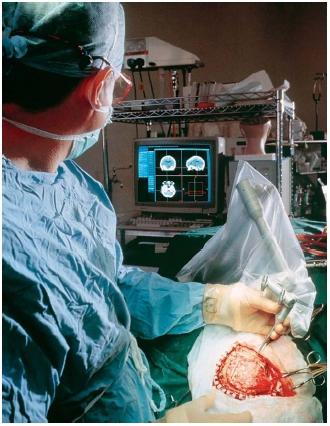With luscious lashes up there with clear skin and white teeth as a must-have for many women, surgeons believe that the £3,500 operation will prove popular. The four-hour procedure, which is already widely performed in the US, was undertaken by the plastic surgery firm Transform.
But as well as offering an alternative to false eyelashes or lashings of mascara for women desperate to look doe-eyed, the procedure is recommended for trichotillomania, an impulsive condition which causes sufferers to pull out their own hair; alopecia suffers; and cancer patients who have suffered hair loss.
The first UK patient to undergo the surgery was 19-year-old Louise Thomas (not her real name), from Manchester, who suffers from trichotillomania.
"Having suffered from trichotillomania for 17 years, I learned to accept that I'd never have real lashes again. That's quite a hard issue for a young girl to come to terms with," Ms Thomas said. "The results are absolutely amazing! I feel so feminine again and simple things like being able to wear mascara have made such a difference to my confidence."
"There are some people who have lost eyelashes through burns or alopecia, whom a little refinement could help enormously," said David Gault, a consultant plastic surgeon and member of the British Association of Aesthetic Plastic Surgeons (Baaps).
"However, if you just want longer eyelashes, I would think about it. If the surgeon put an eyelash in at slightly the wrong angle then the patient would not get the results they want".
The procedure is billed as "pain free and minimally invasive", but because the transplant eyelashes do not fall out naturally like ordinary eyelashes, they need to be trimmed every six weeks.
The technique was pioneered in the US to help burns victims, but has grown in popularity. Recent research by the American Academy of Cosmetic Surgery revealed that "eyelash rejuvenation" topped the wish list of procedures. Another US eyelash enhancer tipped to hit UK shores is Latisse, an ointment that was originally a treatment for glaucoma but which causes eyelashes to grow longer and thicker.
